Pubblicato 17-10-2024 — Aggiornato il 23-01-2025
Versioni
- 23-01-2025 (2)
- 17-10-2024 (1)

Questo lavoro è fornito con la licenza Creative Commons Attribuzione - Non commerciale - Non opere derivate 4.0 Internazionale.
Abstract
The aim of the narrative in “Terre possibili” is to construct scenarios capable of revolutionizing our way of interpreting the relationship between landscape and urban development. This challenge implies the freedom to propose revolutionary social, urban, and architectural approaches. “Terre possibili” addresses the complexity of the contemporary city, reducing it to the harmony of an Arcadian landscape, where expansion is not an act of invasive will but the manifestation of new possibilities. New ways of living emerge through the representation of landscapes that express the contemporary desire to participate in a non-anthropocentric interspecies coexistence, adopting a neutral position where human and natural factors merge in an epiphany of forms. By thinking in terms of merging the natural and material worlds, a structural framework emerges that is suitable for accommodating the forest as a deliberately invasive component.
